My final game is a text based adventure game written in a way to emulate the struggles someone with dyslexia has. You play a silence protagonist who also struggles with Dyslexia and goes on an epic adventure to distract themselves for the bullies that often torment them, along the way you explore an abandoned school, fight monstrous beasts, and meet a great mentor.
Artist Statement:
My game was mainly inspired by my own struggles with Dyslexia and having to overcome the difficulties that come along with this learning disability. I wanted the player to understand what it’s like for someone with dyslexia to read even simple sentences or words, as it is hard to describe the struggle to people. Using a text based adventure game seemed fitting to me as it is much like a book but more interactive, fun and engages the player in the story and world. Another big inspiration for this piece was Yoko Ono, a lot of her works took some ordinary object and would changed, and use it in a way that was out of the ordinary. I tried to do that in my game by take words and misspelling them in ways where the letters would still produce the same sounds and hopefully confuse the player, as it is very reminiscent of being dyslexic in my experience. I also took inspiration from games like Grimrock and old text based adventure games; exploring a dungeon, fight enemies and getting lost is what made those games enjoyable to play and I tried to recreate that experience in my game as well by the way I layed out the map and how the play moves around. I also think my game explores the idea of affordances; words are meant to efficiently express information yet in my game they do the exact opposite. Most of the words are misspelled which only makes it more difficult to understand the story and what is happening, and this is also very true for people with dyslexia as word are more of an obstacle for them. I really enjoyed making this game; I hope you have a good time playing it and learn part of the small struggle that people with dyslexia go through.
Video:
How to play:
You do need to have Java 11 downloaded on your computer in order for the game to run.
If it asks for an account when installing Java 11 you can use :
Username: uocrlowbtsksjqavyo@nthrw.com
Password: 123!Test
- First download the file above to your computer
- Next double click on the zip file
- Then open the folder that was created when you double clicked on the zip file
- After that right click in the .jar file named Dislecsic.jar and click run
- It should run the program it might also prompt you ask if you want to run it click yes.
- If you have any issues, encounter any bug or experience any difficulty please email me at pignataro.s@northeastern.edu.

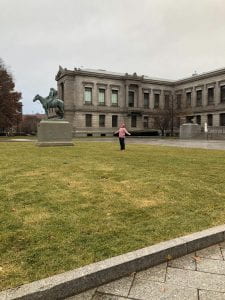


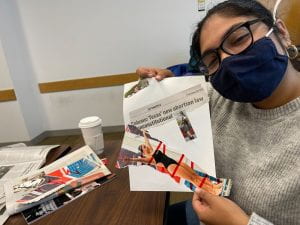
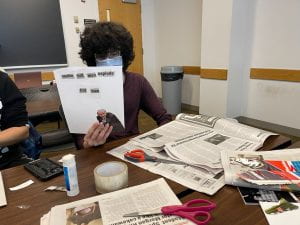
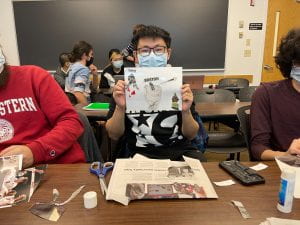
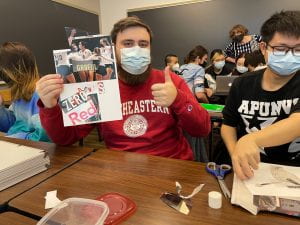 )
)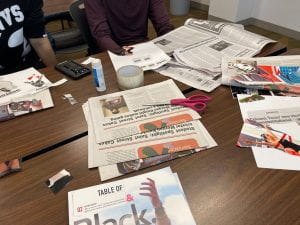
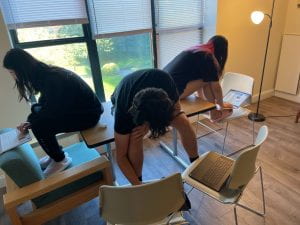
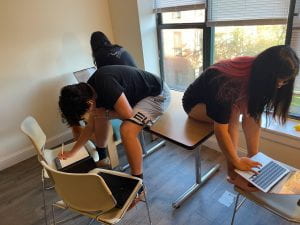 .
. 